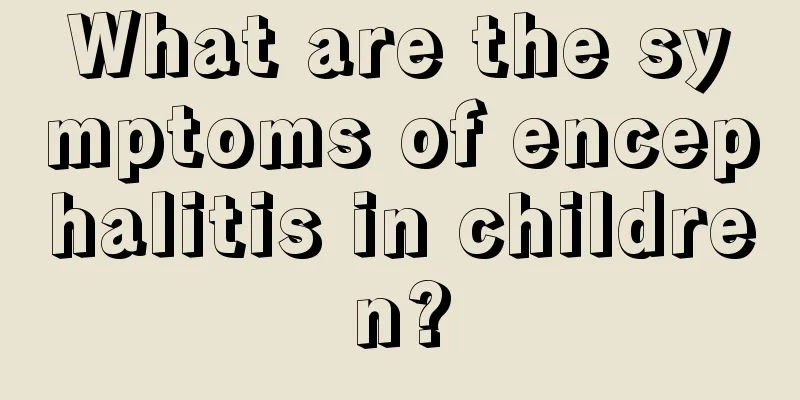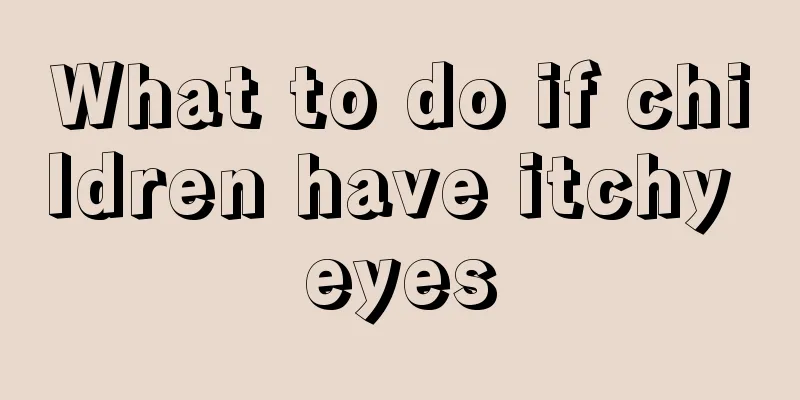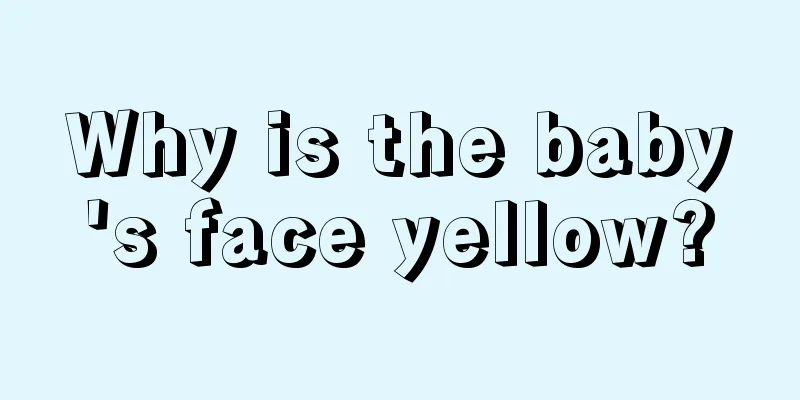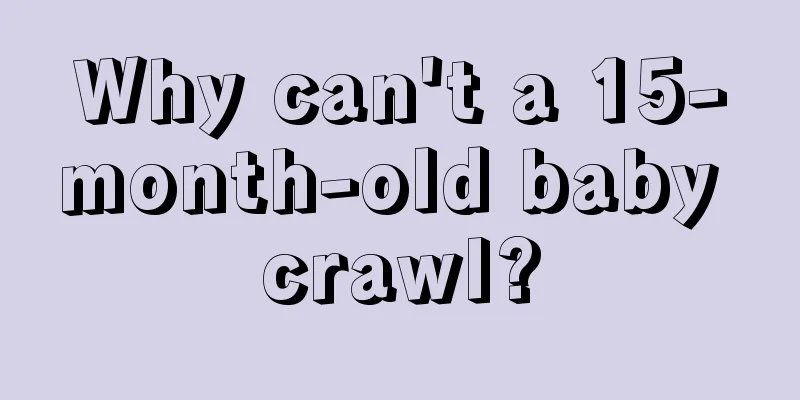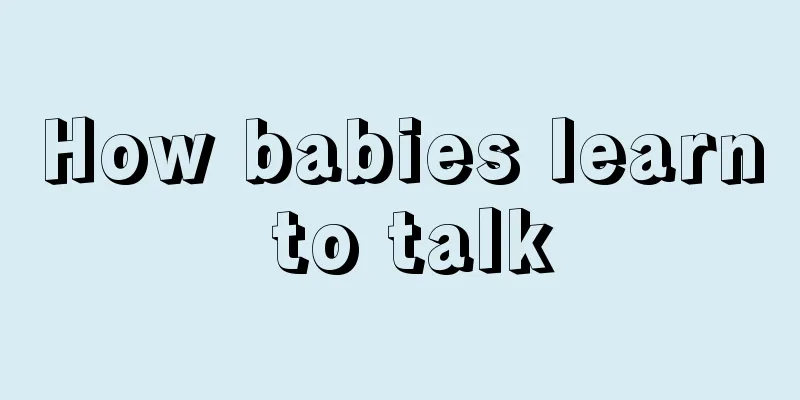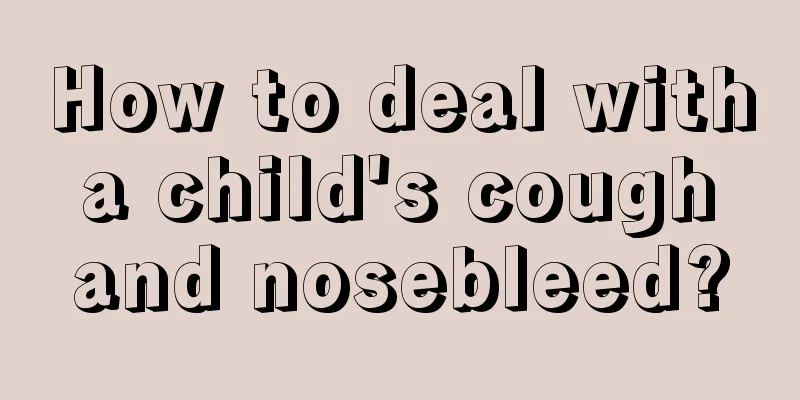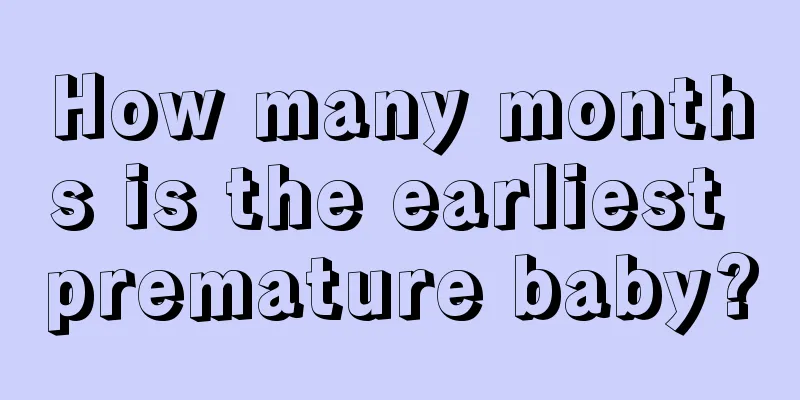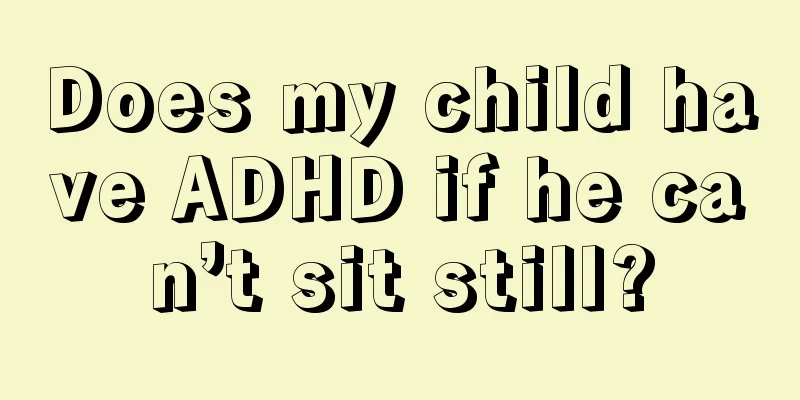Newborn babies have different eye sizes
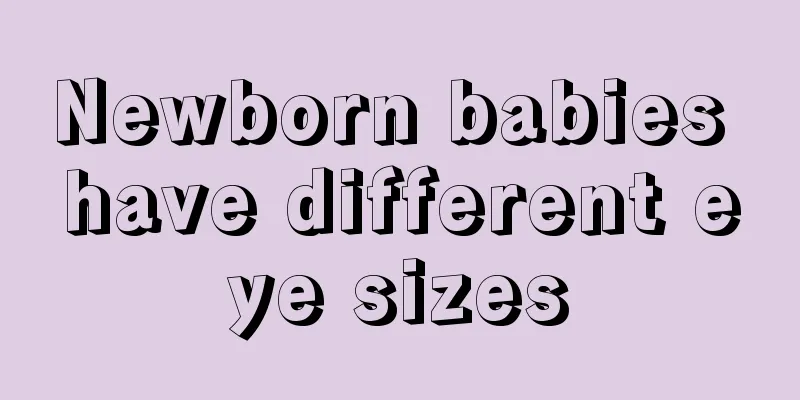
|
After the child is born, if the parents find that the newborn's eyes are of different sizes, this is quite common in life and there are many reasons for it. Because the child is relatively young and his eyes are not fully developed, this situation is generally normal. In addition, this may also be related to genetics. Of course, we must be alert to some eye diseases. Let's take a look at this aspect. Newborn babies have different eye sizes 1. The baby's eyes are larger than one another, which may be a neonatal phenomenon. It is very normal for a newborn to have one eye larger than the other. Human eyes are naturally different in size. It is just that because the child is still young and has not fully developed, the size of the eye is more obvious. Generally, as the child grows, the eyes will slowly return to normal, and the size of the eye will not be so obvious. It is recommended to observe the baby carefully after three months to see if there is any particularly prominent sign of different sizes of the eyes. If the eyes are not protruding, it is normal. If they are protruding, you should see a doctor immediately. 2. The baby's eyes are larger than one another, which may be hereditary If there is an obvious problem of uneven eyes in the baby's family, then the baby's uneven eyes should be a genetic phenomenon. Normal children usually have one eye larger than the other, but the sizes of the eyes may differ significantly or slightly, which is due to genetics. 3. If your baby has one eye larger than the other, it may be an eye disease If the child is growing up and one eye is still obviously larger than the other, then you have to consider whether one of the child's eyes is developing out of sync due to external stimulation, or whether it is caused by an eye disease. It is recommended that parents take their children to the hospital's eye department for an examination to rule out the possibility of amblyopia or myopia. If an eye disease occurs, professional treatment should be sought, and parents should protect their eyes at ordinary times. 4. If your baby has one eye larger than the other, it may be due to ptosis Babies have thicker subcutaneous fat and loose epidermis. If the skin of one eyelid sags, it may cause one eye to appear smaller. This may gradually disappear as the baby grows older and the skin becomes more tense. However, there are also congenital ptosis diseases, most of which are caused by incomplete development or defect of the levator palpebrae superioris muscle, or by defect of the nerve that innervates the levator palpebrae superioris muscle. It is a congenital developmental malformation, mostly bilateral, sometimes unilateral, and can be inherited in an autosomal dominant or recessive manner. The main purpose of treating ptosis is to prevent vision loss and improve appearance, and treatment should be directed at the cause. If congenital ptosis affects vision development, it should be corrected surgically at an early stage. If the ptosis is mild and does not affect vision development, elective surgery can be performed to improve the appearance. Those with unilateral ptosis blocking the pupil should strive for early surgery, preferably before the age of 6, to prevent the formation of amblyopia. |
<<: Spontaneous cure rate of hepatitis C in newborns
>>: The harm of holding a newborn after smoking
Recommend
Causes and treatment measures for sudden fever in children
Babies will have fever more or less from childhoo...
What are the symptoms of mentally retarded children?
Nowadays, many families have a child. They love t...
What to do if your newborn's anus is red
Normally, newborns have delicate skin, so even a ...
What to do if a two-year-old child has yellow hair
Children should have black hair, but some parents...
How to treat thrush in babies
Thrush is a disease that occurs frequently in chi...
How is the development of a 14-year-old girl
We all know that when a girl reaches the age of 1...
What are the symptoms of baby fever convulsions
We now have a very good understanding of children...
What causes red bumps in babies?
A baby's skin is very tender and sensitive, s...
What are some ways to cultivate children's imagination?
Every child is a completely different individual....
What should I do when my child catches a cold?
Children have relatively poor body resistance, so...
What to use to clean baby bottles
Babies need to drink milk every day, and after dr...
How to deal with a child's fever
Due to the influence of physical factors, childre...
What to do if children's earwax becomes hard lumps
Earwax is usually in powder form and is easier to...
What to do if your child is fat?
Nowadays, living conditions are better, and many ...
Swelling on both sides of the child's throat
Parents pay close attention to the health of thei...

